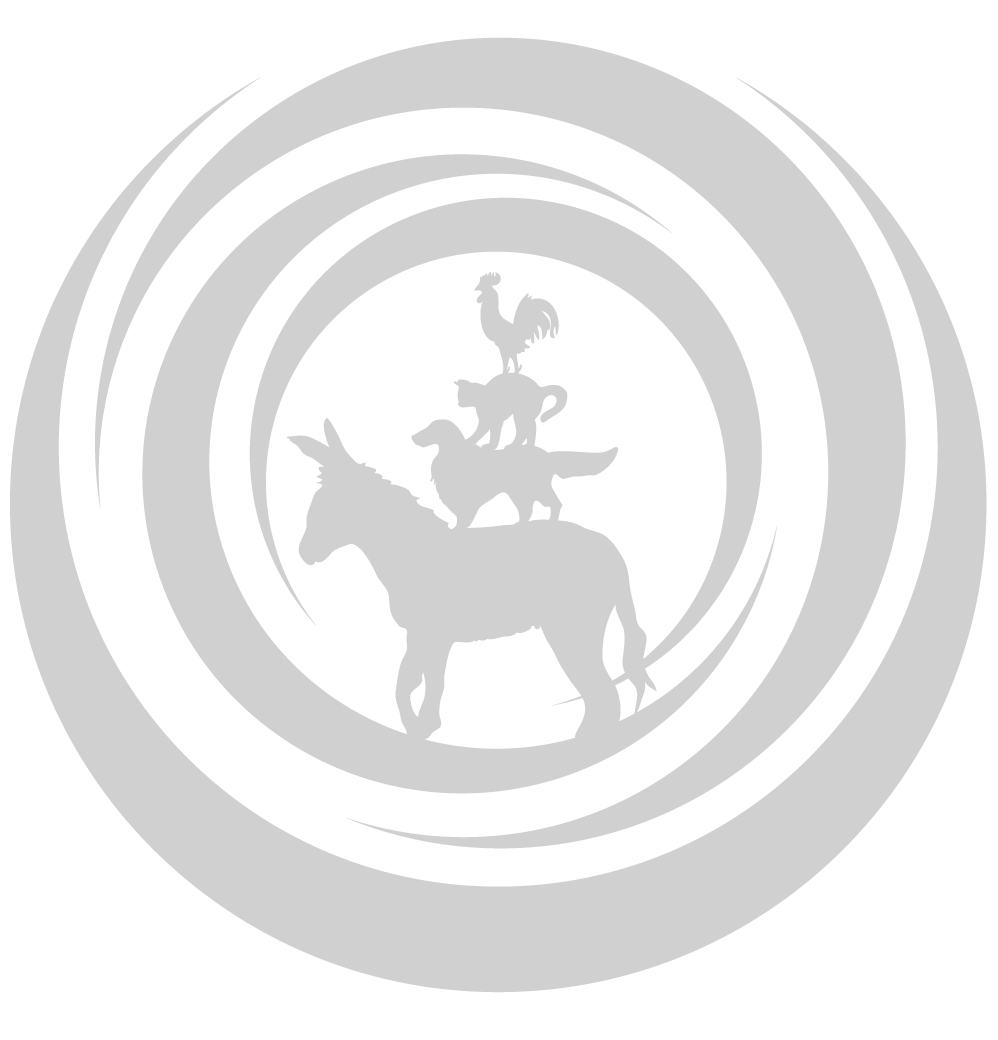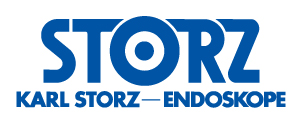DIAGNOSTIC ENDOSCOPY –
AN IMMERSIVE GUIDE
ONLINE ONLY COURSE
Please Note: The course needs to be completed within six months of the registration date,
after which it will expire.

COURSE TITLE
DESCRIPTION
This course is designed to provide in-depth training in small animal endoscopy with a focus on techniques used by small animal internists.
Training is administered in brief modules (generally 15- to 30-minutes in length) that may be replayed individually for integration into the typical clinician’s busy lifestyle.
The successful participant will learn the fundamentals of flexible and rigid scope anatomy, handling and cleaning; laser physics, handling and safety; cystoscopy, rhinoscopy, bronchoscopy, upper and lower gastrointestinal endoscopy, and laparoscopy.

This module contains 4 parts:
- Anatomy of the flexible endoscope: Basic scope function and anatomy will be reviewed, with special attention given to selection considerations and troubleshooting.
- Other instrumentation: Components of the endoscope tower, their function, and considerations in use will be presented. This module will also present and discuss differing instruments available for use with the flexible endoscope.
- Handling and manipulation: In this module, appropriate scope handling and manipulation will be reviewed. The trifecta of patient, tower, and endoscopist positioning – and its impact on procedure outcome – will also be discussed.
- Cleaning the flexible endoscope: In this module, the complex task of scope disassembly and cleaning will be broken down into easy to understand and manage steps. Cleaning of flexible instruments will also be reviewed.
This module contains 2 parts:
- Anatomy of the rigid endoscope and other instrumentation: Basic scope function and anatomy of the rigid endoscope, variations in scope tower components, and rigid endoscope instruments will be discussed.
- Handling, manipulation, and cleaning: Essentials of successful rigid scope handling and common areas of disaster are broken down, followed by a step by step review of cleaning of rigid equipment.
This module contains 2 parts:
- Laser physics, safety and handling: Fundamentals of laser design and physics are discussed with focus on clinical application and laser selection. Finally, core tenets of laser handling, safety, and maintenance are reviewed.
- Ancillary equipment: This module reviews supplemental equipment commonly used for laparoscopic and thoracoscopic procedures with a focus on ideal technique.
This module contains 4 parts:
- Overview and transurethral cystoscopy in the female: General advantages, disadvantages and indications for cystoscopy are reviewed, after which the particulars of transurethral cystoscopy in the female is described.
- Transurethral cystoscopy in the male, prepubic cystoscopy: Performance of cystoscopy in the male dog will be reviewed with attention given to use of a standard transurethral versus a perineal approach. Non-urethral approaches for cystoscopy will also be described.
- Special procedures – urinary anomalies: Urethral bulking and correction of ectopic ureters, ureteroceles, and vestibulovaginal remnants are discussed. Indications, advantages, disadvantages, and particulars of procedure performance are covered.
- Special procedures – acquired conditions: Laser lithotripsy, urethral and ureteral stent placement, and sclerotherapy for benign renal hematuria are reviewed. Keys in patient selection and positioning are covered in addition to indications, advantages, disadvantages, and particulars of procedure performance.
This module contains 4 parts:
- Overview and retrograde rhinoscopy: General advantages, disadvantages and indications for rhinoscopy are reviewed, after which the particulars of retrograde rhinoscopy is described.
- Antegrade rhinoscopy: Navigation of the dorsal, middle and ventral meatuses during antegrade rhinoscopy will be explained, as well discussion of keys to procedure performance and collection of diagnostic samples.
- Special rhinoscopy procedures: Nasopharyngeal stenosis correction, canaliculocele omentalization, and sinusotomy tube placement are reviewed. Indications, advantages, disadvantages and particulars of procedure performance are covered.
- Special rhinoscopy procedures: A detailed breakdown of sinonasal aspergillosis management techniques is presented, followed by a review of cases with comorbid nasal diseases and key tenets for successful procedural outcome.
This module contains 3 parts:
- Overview and tracheoscopy: General advantages, disadvantages, indications and complications of bronchoscopy are discussed, with particular attention given to patient oxygenation. Tracheoscopy technique and grading of tracheal collapse then are reviewed.
- Bronchoscopy: Oxygenation during bronchial intubation, navigation and evaluation of the bronchi, and the impact of rotation control are dissected.
- Bronchoscopic procedures: Bronchoalveolar lavage (BAL), the keystone bronchoscopic procedure, is thoroughly reviewed. Discussion of BAL is followed by details on airway biopsy, tracheal mass resection and foreign body retrieval, as well as a detailed tutorial on tracheal stenting.
This module contains 5 parts:
- Overview and basic technique: General indications, advantages, disadvantages, and complications of upper gastrointestinal endoscopy are discussed, followed by details on exploring the esophagus, stomach and duodenum.
- Diagnostic sampling: Criteria for ideal forceps selection under differing biopsy conditions are briefly reviewed. This is followed by a discussion of the differing techniques for biopsy collection, important sample handling considerations, and the impact of staining on diagnostic capability.
- Foreign body retrieval: Location of foreign bodies, risk factors, and impact of timing of retrieval on outcome are broken down, followed by discussion of techniques with examples given of retrieval of differing types and locations of objects.
- Esophageal stricture correction: Theoretical advantages and disadvantages of bougienage and balloon dilation are contrasted. Management of initial esophageal strictures, recurrent strictures, and panesophageal strictures is presented, with cases used to highlight key factors in procedure performance.
- Feeding tube placement: Placement of homemade gastrostomy tubes, one-step buttons, and replacement gastrostomy tubes is described and illustrated using cases. Jejunostomy, nasojejunostomy and esophagojejunostomy tubes are also discussed. Particular attention is given to contraindications and complications of tube placement, as well as strategies to mitigate risk of their occurrence.
This module contains 3 parts:
- Overview and patient preparation: General indications, advantages, disadvantages, and complications of colonoscopy and ileoscopy are reviewed. Equipment necessary for colonoscopy and proctoscopy is reviewed. Keys to achieve optimal preparation of the lower bowel are discussed, as are details necessary for successful management of catastrophic complications.
- Basic technique: Diagnostic colonoscopy and ileoscopy are described, with particular attention given to discussion of common navigational challenges, anatomic factors that contribute to them, and adjustments in technique to maximize success. Sampling techniques unique to the descending colon are demonstrated.
- Capsule endoscopy: General indications, limitations and complications of capsule endoscopy are reviewed. The specifications of different types of endoscopy capsules are broken down, along with their advantages and disadvantages, to allow selection of the capsule endoscopy system best suited to the endoscopist’s needs. Finally, current literature on capsule endoscopy use in dogs is discussed.
This module contains 5 parts:
- Basic overview and restraint: Indications and contraindications for laparoscopy, necessary instrumentation, and important anesthetic considerations are presented.
- Patient positioning and entry techniques: Patient preparation, commonly used positions, and types of laparoscopic approach will be presented with special attention paid to selecting the best approach for each procedure.
- Laparoscopic explore: First entry and placement of cannulae, along with complications, are reviewed. Several examples of general exploration are presented, followed by a discussion of closure steps and tips/tricks for laparoscopy.
- Laparoscopic procedures: Biopsy of liver, pancreas, and spleen are presented. Application of Gelfoam and performance of cholecystocentesis are also discussed.
- Laparoscopic procedures, part 2: Performance of renal biopsy and full-thickness intestinal biopsy are discussed, followed by review of jejunostomy feeding tube placement. The module concludes with a discussion of tips and tricks.
PRICES: ONLINE ONLY COURSE
Credits: 20 CE Hours
Available Languages: English (US)
Individuals living in disadvantaged or developing countries (see Research4Life) are candidates for full or partial reduction in registration fees for this course.
Eligible individuals should contact the course administrator prior to registration regarding this potential opportunity.
Terms and Conditions apply.
An Integrated Live Course combining online training with a hands-on, immersive laboratory experience is also available. Click here for more information.
FACULTY:
DR. JACQUELINE WHITTEMORE
DVM, PhD, DACVIM
Lead Instructor
TESTIMONIALS
